10 Facts to Help You Understand Translanguaging and Its Benefits
September 16, 2025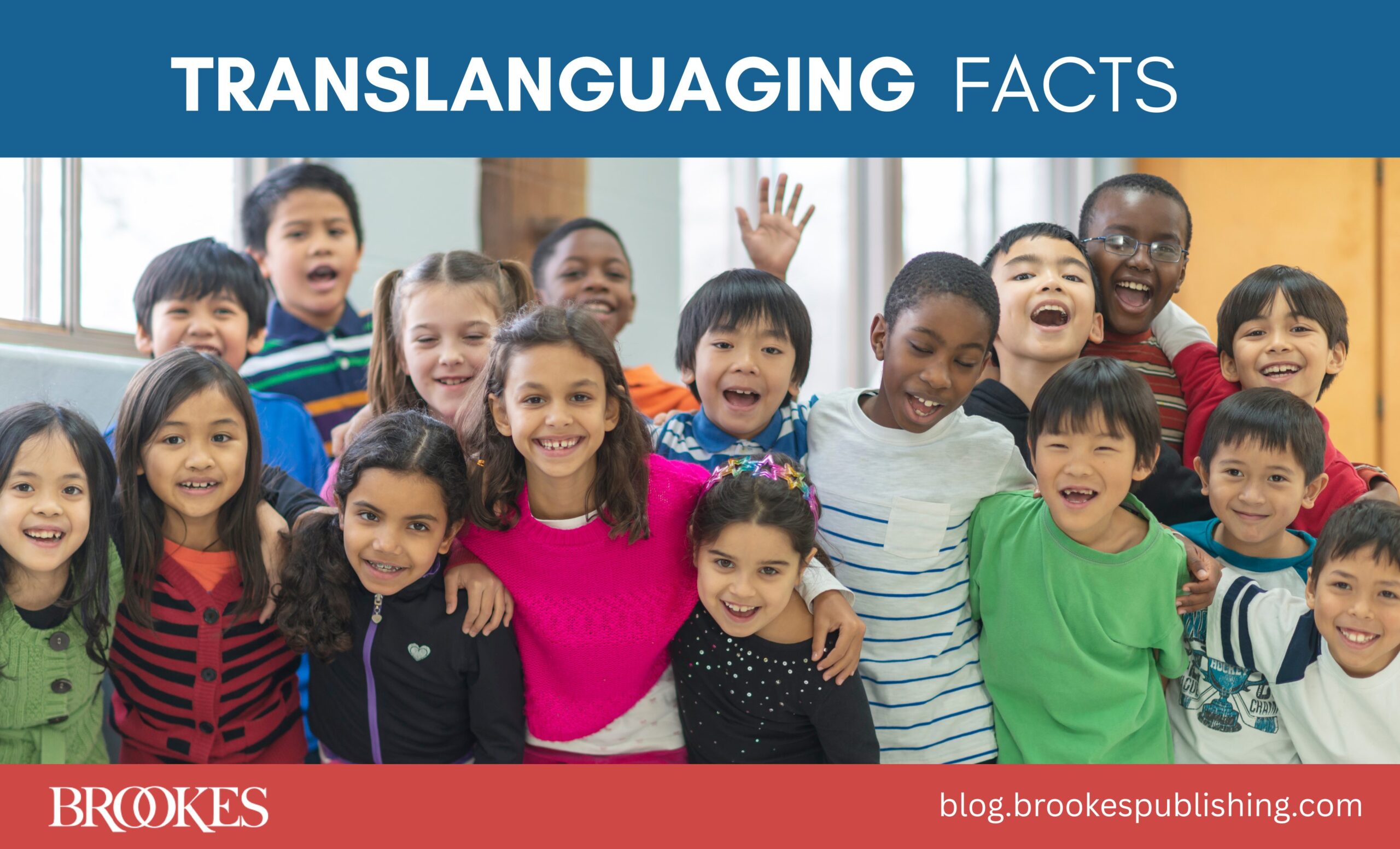
What is translanguaging, and how can it help level the playing field for bilingual students at school? Adapted from the NEW second edition of The Translanguaging Classroom by Kate Seltzer, Susana Ibarra Johnson, and Ofelia García, here are 10 things to know about translanguaging and its many benefits for bilingual learners in Grades 4-12.
- A translanguaging classroom is any classroom in which students are invited to deploy their full linguistic repertoire, not just the particular language(s) that are officially used for instructional purposes in that space.
- The term translanguaging comes from the Welsh trawsieithu, coined by a Welsh educator, Cen Williams (1994, 2002), who developed a bilingual pedagogy in which students were asked to alternate languages for the purposes of receptive or productive use. For example, students might be asked to read in English and write in Welsh and vice versa to deepen and extend their bilingualism.
- A translanguaging classroom is a space built collaboratively by the teacher and bilingual students as they use their different language practices to teach and learn in deeply creative and critical ways, as they develop their bilingualism.
- Translanguaging classrooms can be of any type—bilingual (dual language or transitional) or English-medium (ESL programs or mainstream classrooms)—and that they can serve young children as well as older students. Translanguaging also can be used by any teacher: bilingual or monolingual teachers; elementary, middle school, or high school teachers; “official” language teachers (English or a language other than English); or content teachers.
- One of the best ways to understand translanguaging is to see and hear it in action. Many teachers have “aha moments” when they stop and listen to the ways students use language in their classrooms. For example, two students may negotiate in Spanish how to solve a math problem posed to them in English.
- Translanguaging spaces are not chaotic and messy. They are created by teachers strategically, and sometimes moment-by-moment, as they scaffold instruction, assess and document what students know and can do, deepen understandings of texts, and transform individual and classroom subjectivities.
- Translanguaging supports students as they engage with and comprehend complex content and texts. Rather than watering down our instruction, translanguaging better enables us to teach complex content, which in turn helps students learn more successfully.
- A translanguaging classroom provides opportunities for students to develop their linguistic practices for a variety of purposes and contexts, including those deemed academic. Translanguaging supports bilingual students’ ability to use language to gather, comprehend, evaluate, synthesize, and report on information and ideas and to use text-based evidence, as many of the language standards require. Because translanguaging requires collaboration, it also bolsters students’ ability to use language socially through cooperative tasks.
- Translanguaging supports students’ bilingual identities, socioemotional development, and critical consciousness. This approach enables all bilingual students to participate actively in daily classroom life, and it helps students to see themselves and their linguistic and cultural practices as valuable, rather than as lacking.
- In addition to improving teaching and learning, translanguaging classroom makes space for all students’ language practices and ways of knowing. Translanguaging contributes to the creation of a new kind of classroom, one that takes dynamic bilingualism and bilingual understandings of language as the norm, putting bilingual people and people with linguistic, racial, gender, and ability differences at the center. In giving expression to other ways of being and knowing, translanguaging has the potential to build a more socially just world.
Ready to learn more about translanguaging and apply it in your school? Get the second edition of the book behind today’s blog post—your guide to understanding translanguaging and using it strategically and meaningfully to support bilingual learners.

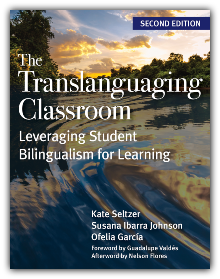
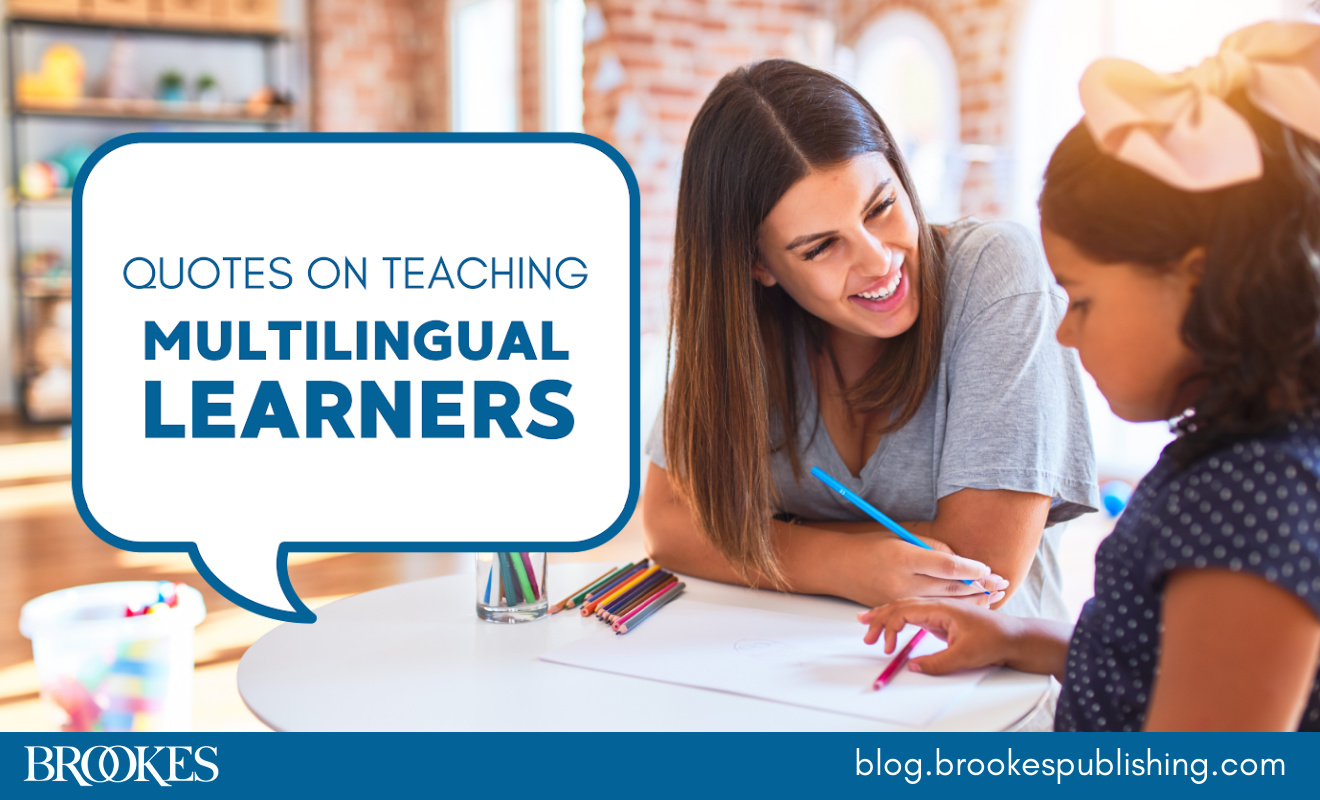
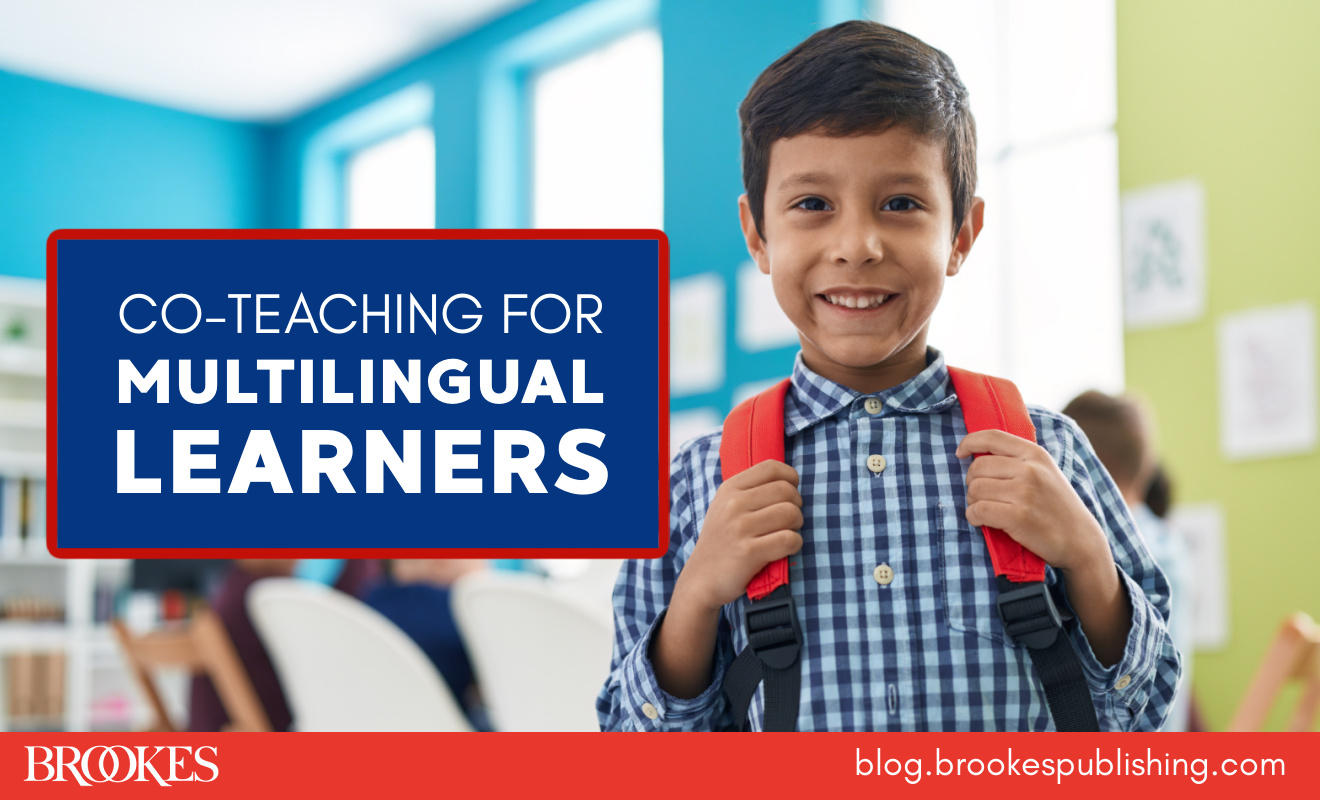
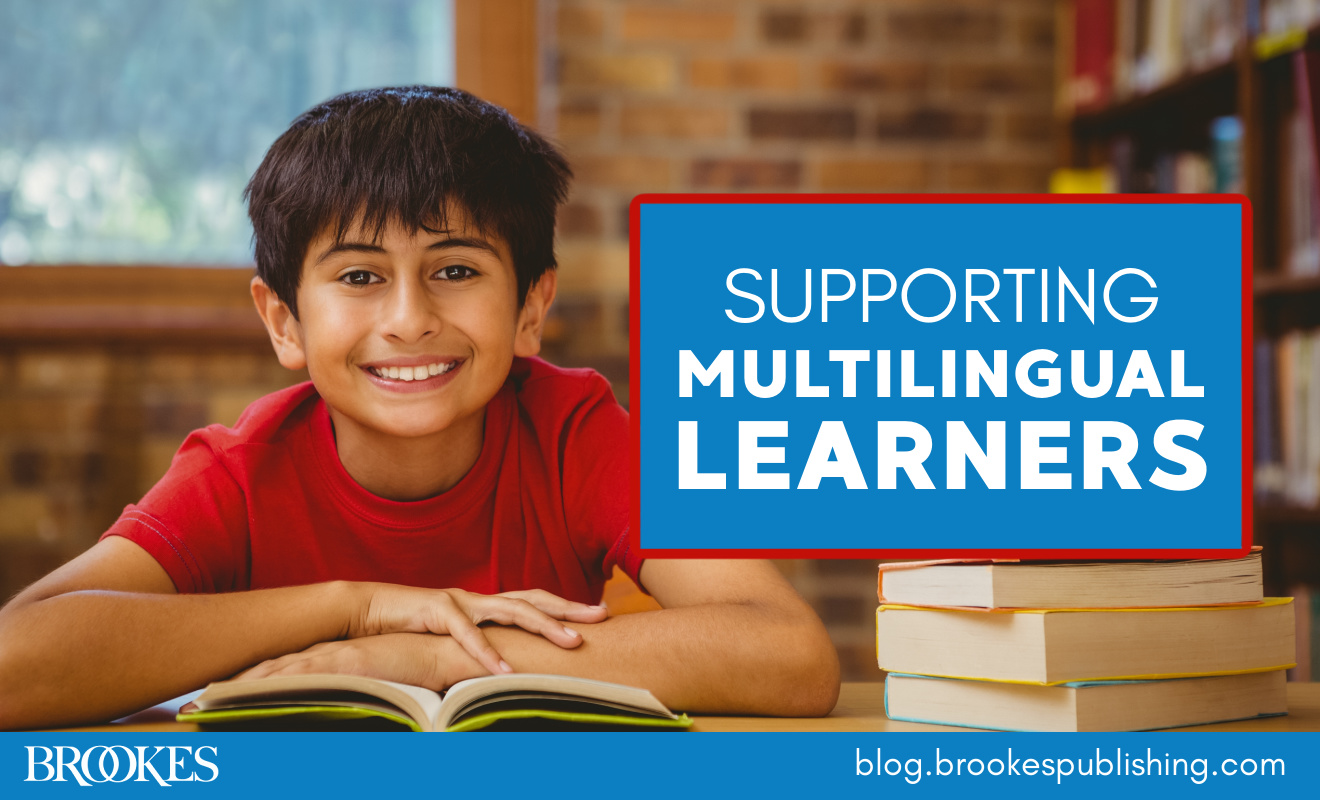
Write a Comment
Your email address will not be published. Required fields are marked *
Post a Comment